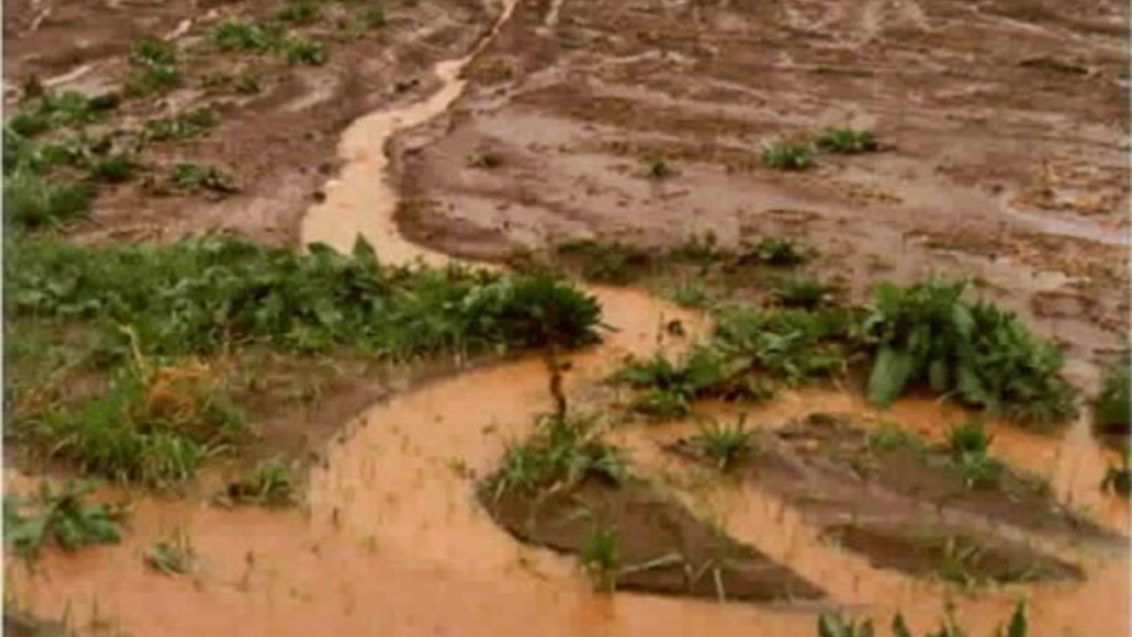
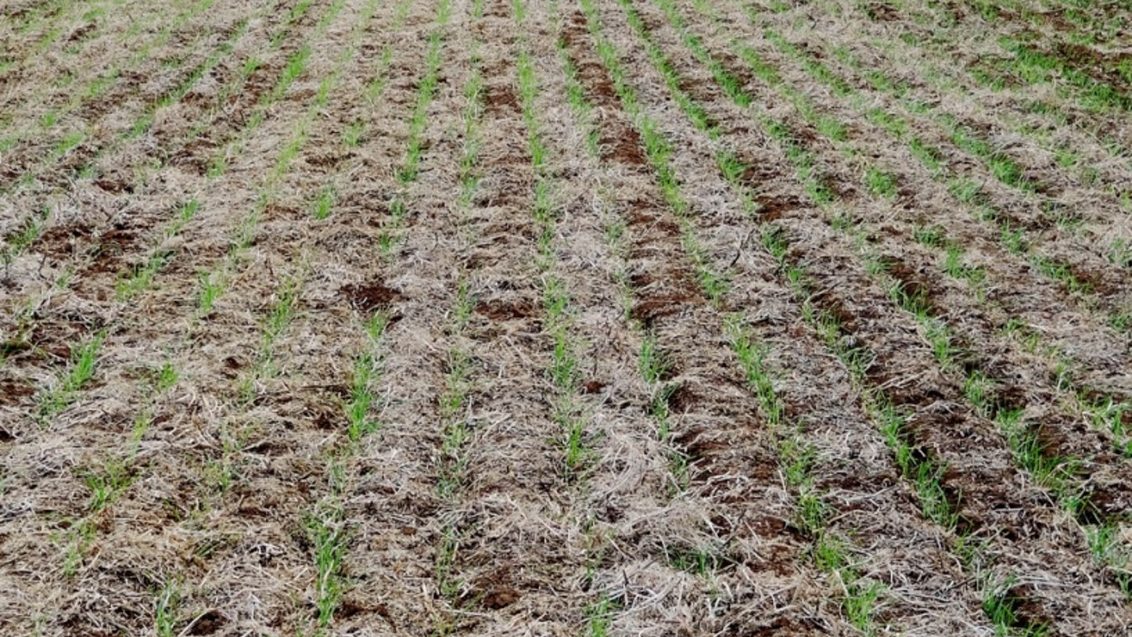
Agriculture impacts climate change
rgb(33,33,33)
Agriculture is impacted by climate change
rgb(33,33,33)
Smallholders agriculture and climate change
Our approach
Context-specific CSRA practices
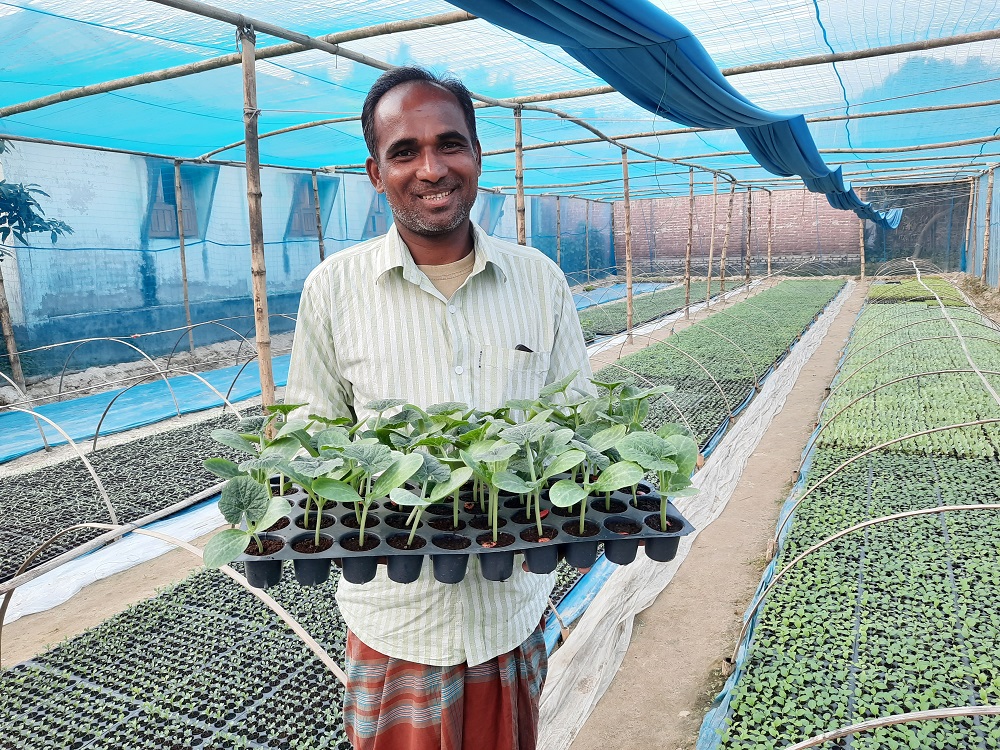
Build programs to deliver positive outcomes across the 3 pillars of CSRA
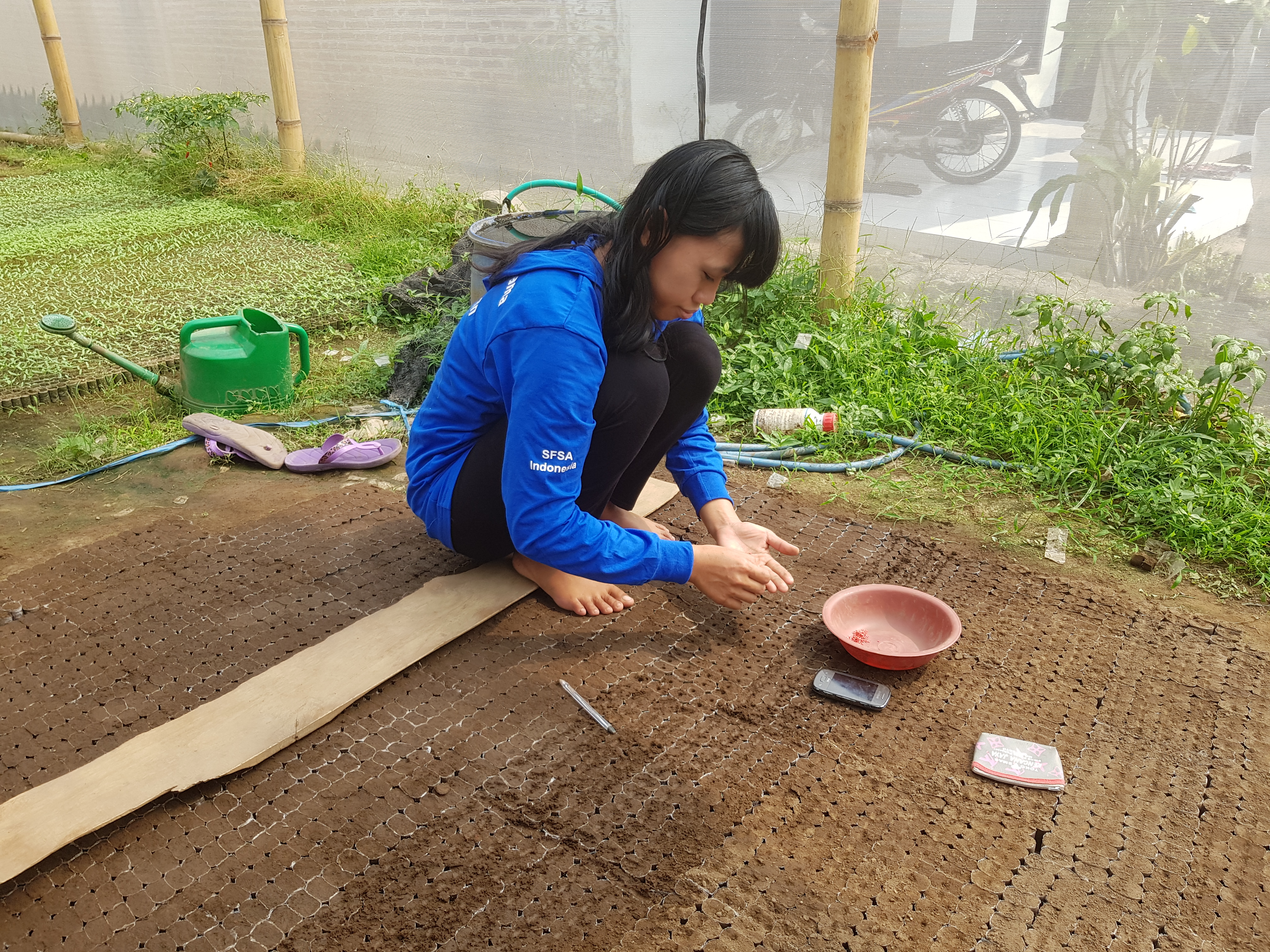
Effectively implementing CSRA projects
Download our case studies here
rgb(255,255,255)
FAQ
Why the name Climate Smart Resilient Agriculture (CSRA)?
How does CSA differ from “business as usual” agriculture?
Why is important for CSA to increase productivity?
How is CSRA different from sustainable agricultural practices?

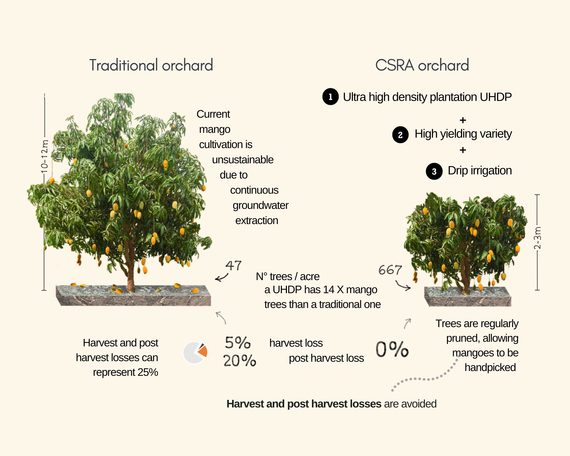
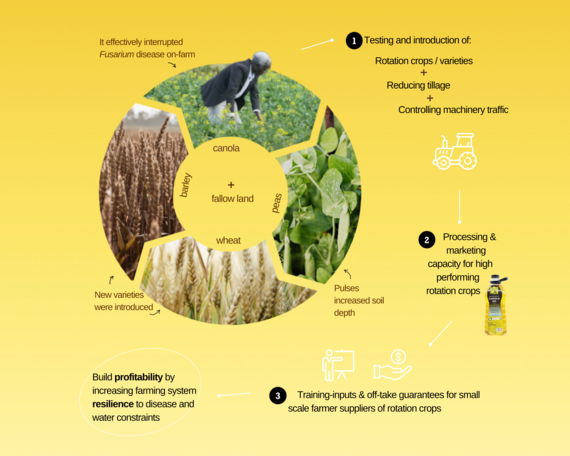
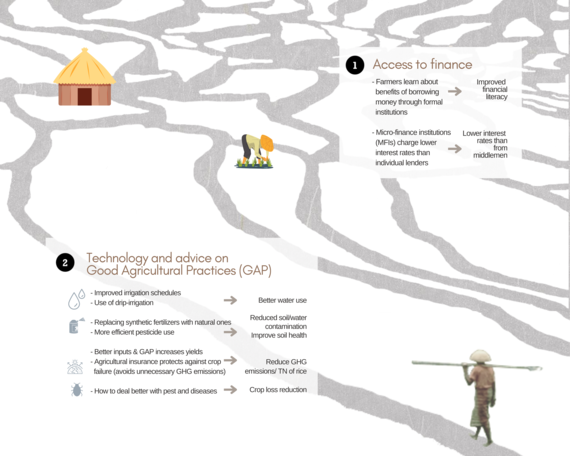
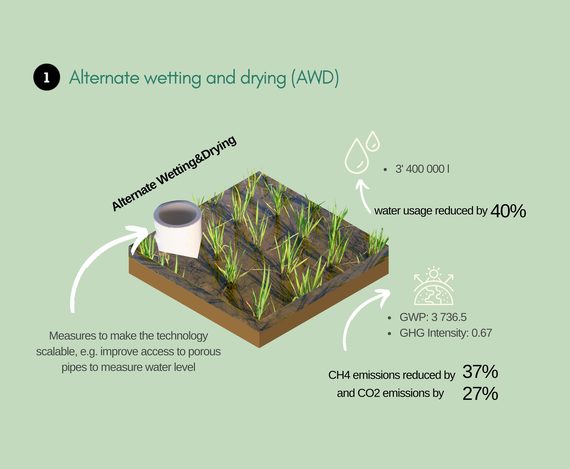
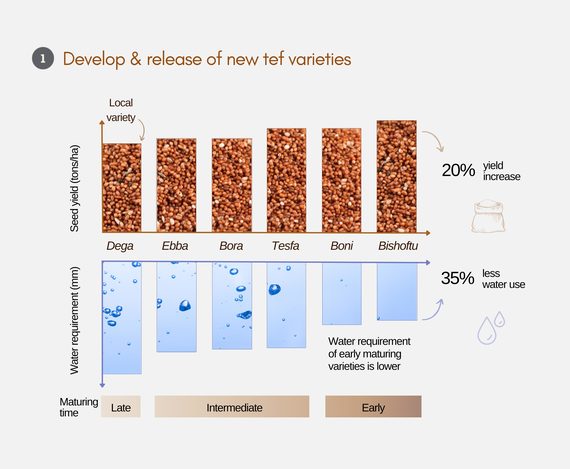
The 3 pillars of productivity, adaptation and mitigation (as per the original FAO definition) are clearly all integral to climate-smart agriculture. We propose a few amendments to the definition: